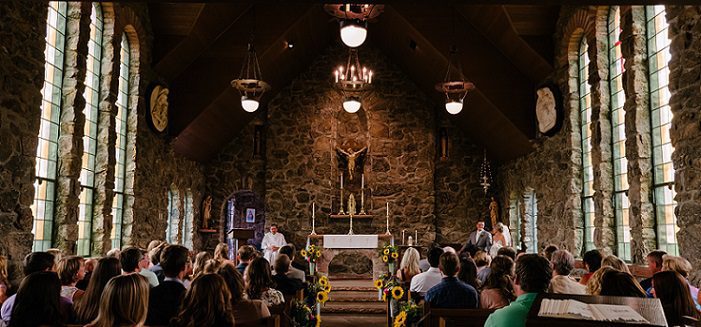By Catherine Malotky, Center for Stewardship Leaders
The Lake Institute on Faith and Giving has just published its National Study on Congregations’ Economic Practices (NSCEP). Read the whole report if you like data, but even if you don’t, at least take a look at David King’s summary from a recent Insights Newsletter. These are the bullet points that jumped out for me from the summary.
A surprising percentage of congregations are growing, numerically and financially
In his summary, David King notes that “The NSCEP is the largest and most comprehensive nationally representative study on money and congregations in over a generation. Even while fewer Americans claim a religious affiliation or membership in a congregation, the NSCEP found that more congregations are growing than are declining in their number of participating adults and the amount of money they received. Thirty-nine percent of congregations reported a greater number of regularly participating adults in 2018 than three years earlier, and 48 percent reported receiving more money.”
This is quite a finding, given the message of decline we usually hear. If the congregation you know best is thriving, why do you think this is so? If not, what do you see in thriving congregations that you don’t see in yours? Is there anything you, as a stewardship leader, can do to shift the culture toward thriving? Read Bishop Erik Gronberg’s post last week, if you haven’t already.
Clergy knowing what members give seems positively correlated with increased giving
“We find that 55 percent of head clergy have access to giving data, and of those with access, only 50 percent view giving records. Among those that have access and look, 58 percent reported increased revenue.”
This has been conflicted territory for a long time. How has the argument been framed in your congregation?
We could be better at gratitude
“Congregational leaders ask their members to give a portion of their resources but rarely acknowledge or thank their donors. Sixty-three percent of congregations acknowledge individuals for their gifts once a year.”
I also wonder about gifts of time or expertise, which are harder to quantify. I recently talked with someone who does really good work in her congregation behind the scenes, the kind of work that doesn’t naturally attract accolades, and is often a missing piece among clergy and other professional church workers. She’s good at accounting and she shares this gift. How can we be sure the folks who organize (and re-organize) the kitchen, help keep the books on the up-and-up, or who water the church’s plants know that their work is just as important in the body of Christ as the more public, flashier gifts?
Congregations reach beyond themselves with time and money
“Eighty-four percent of congregations participate in social services, half raise money for outside organizations.”
It’s often been said that outward facing congregations are more mission-driven and healthier on the whole. There was a day when congregations WERE the community’s social service agency, and in some urban and rural congregations that might still be the case. These days we’ve spun off a lot of this kind of work to professionals who know how to do it better. Yet, Jesus still asks us to feed the hungry, clothe the naked, and care for the sick. Congregations can still be change agents and do the hard work of both direct service and advocacy on behalf of those whose voices need support. In many ways, congregations are called to be stewards of their external communities in addition to their internal one.
About the Author
With a passion for reducing anxiety about personal finance, Catherine Malotky, Grant and Project Manager for the Center for Stewardship Leaders at Luther Seminary, comes to this work as an ELCA pastor, administrator, writer, retreat leader, and coach. She has contributed at Rethinking Stewardship conferences (2012 and 2014), co-authored the ELCA Stewardship Competencies, and was primary writer of the ELCA’s version of the ECFFM grant.
Image credit: Photo by Josh Applegate on Unsplash

